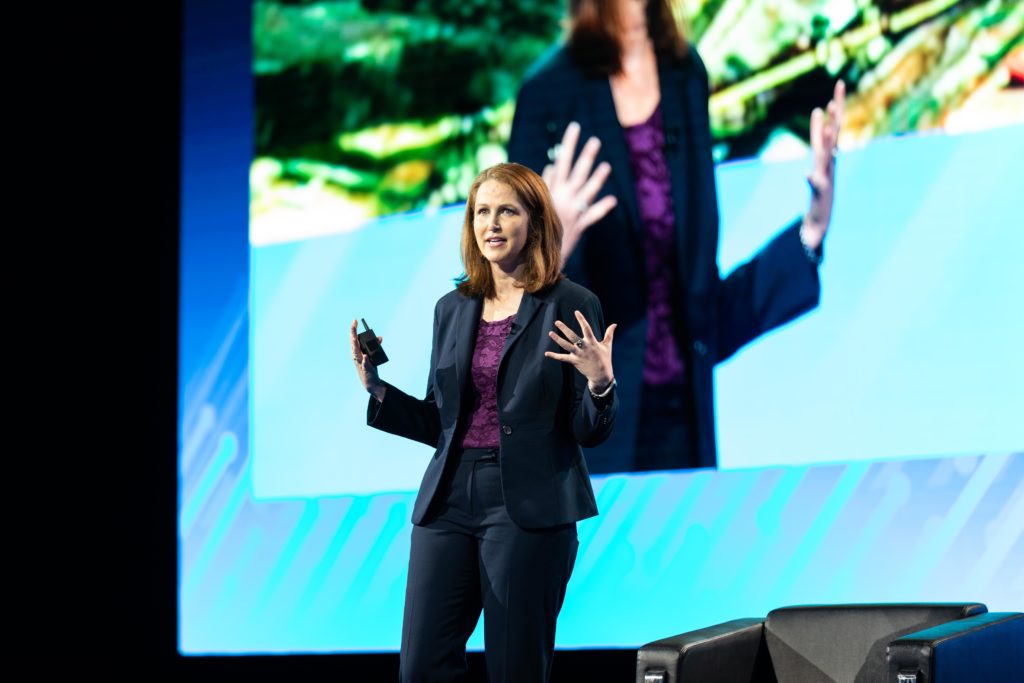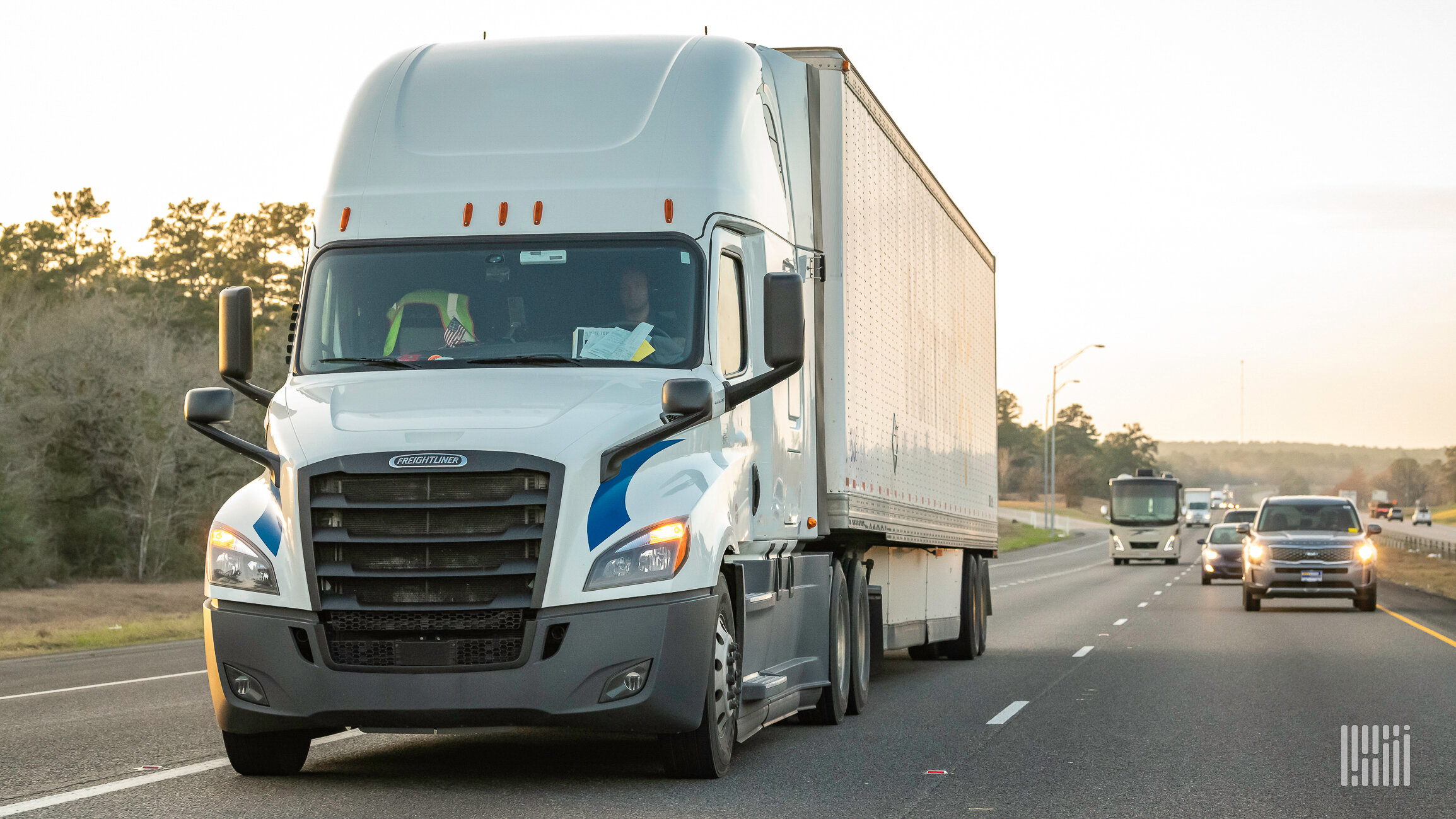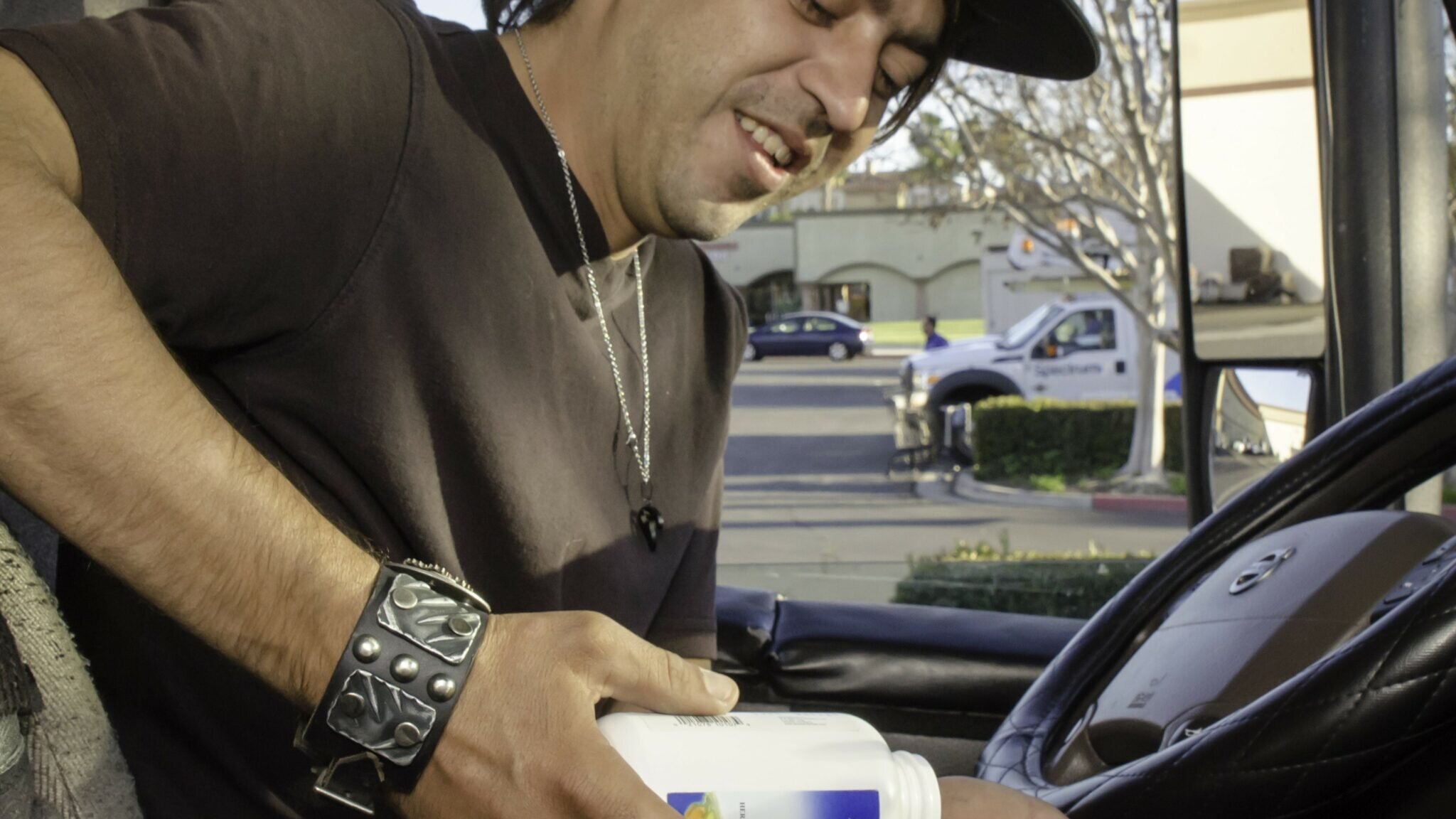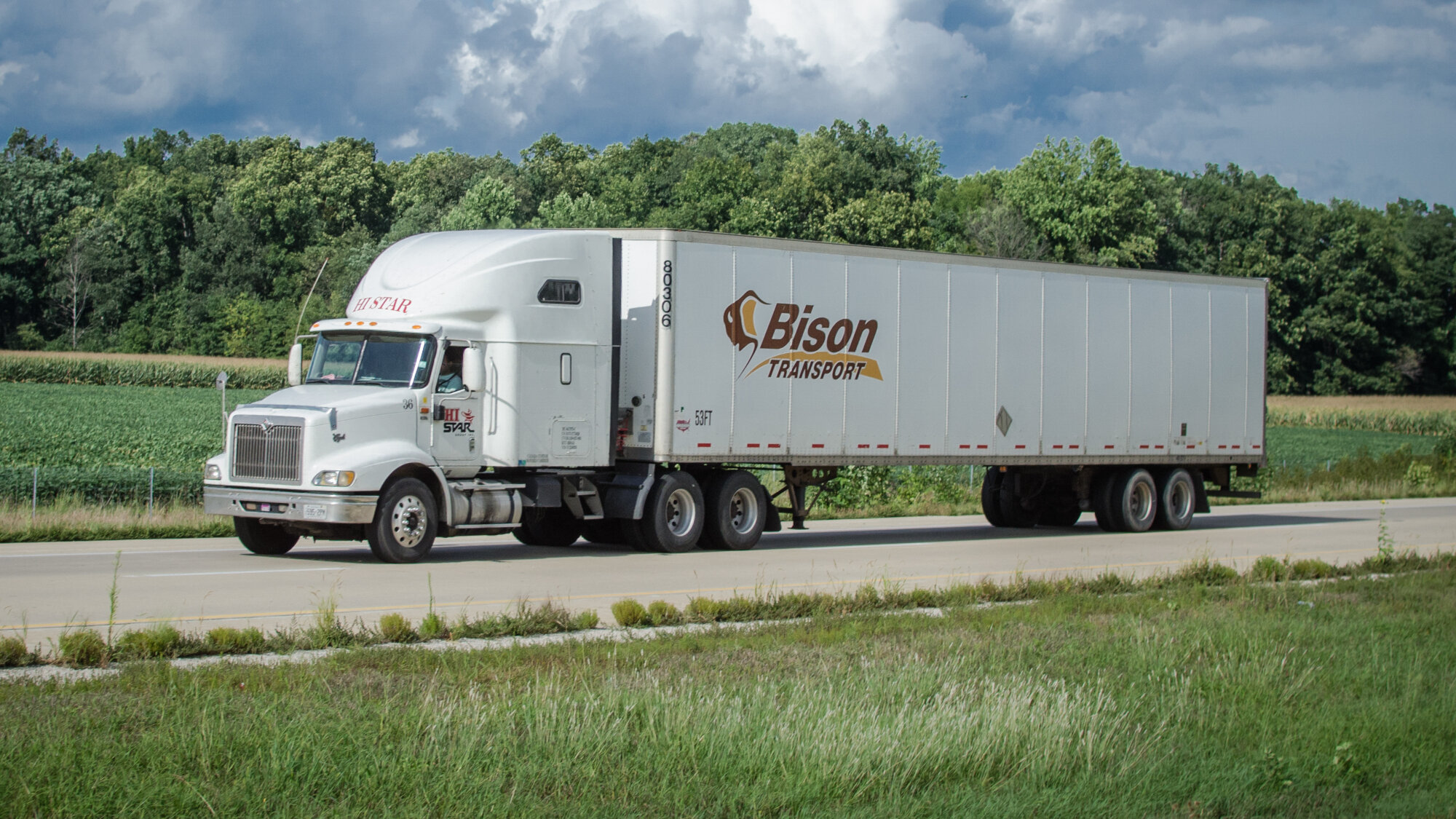
Elizabeth Fretheim, head of business development at Nikola Motor Company, at Transparency19 (Image: Josh Roden/FreightWaves)
Guest post by FreightWaves’ Nate Tabak
Long before she joined a company developing zero-emissions trucks, oil featured prominently in Elizabeth Fretheim’s life. She lived in six countries by the age of seven because of her father’s work in the industry.
“I was an oil brat,” the head of business development at Nikola Motor Company told attendees at Transparency19 in Atlanta on May 7.
But Fretheim had a realization 15 years ago while working on a project to design and build a workforce hotel in the oil sands of northern Alberta, Canada. She saw the massive tailings ponds left behind from the extraction process. “I was crushed,” she said.
“I had been eating at the energy buffet and needed to get back to the French restaurant,” Fretheim said. “I changed what I wanted to do.”
Fretheim later joined Walmart as senior director of supply chain sustainability. She was tasked with doubling fleet efficiency.
“We were able to achieve it in about 10 years. Proving that sustainability could make business sense, we saved the company about $1 billion a year,” Fretheim said.
At Nikola, Fretheim works with fleets to transition to the company’s forthcoming zero-emissions trucks, which will launch with hydrogen fuel cell models.
“I believe we are building trucks that will compete with diesel,” Fretheim said.
In a conversation with John Paul Hampstead, associate editor of FreightWaves, Fretheim noted that interest in Nikola trucks extends from large fleets to owner-operators.
“They really want to understand this technology,” Fretheim said.
Fretheim also explained that Nikola opted to launch hydrogen fuel cell models before electric to serve fleets that conduct long hauls or need to do quick turnarounds.
“I don’t want to say one is better than the other,” she said.
Nikola is working on building a network of 700 hydrogen fueling stations that will cover the United States and Canada during the next decade, starting in California. The placement of those stations will depend on the needs of fleets, Fretheim said.
“We need to do this in a structured and strategic way, so we’re going to be working with our customers, and really grow with them as we look at where these stations will be,” Fretheim said.






















